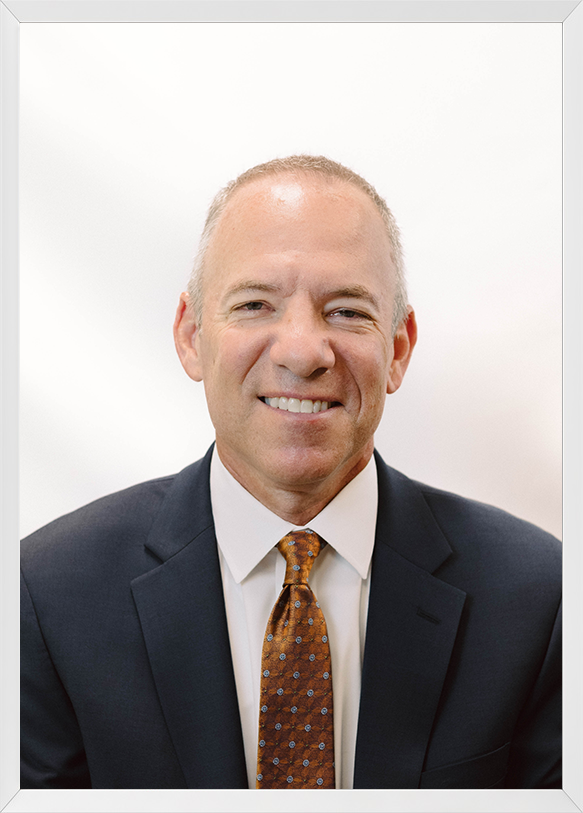Grocerydive.com published an article earlier this week about Lidl’s troubled history in the U.S. and the changes being made by the discount grocer to better suit the American consumer. These changes include new leadership and their approach to merchandising.
New leadership – last summer Lidl US hired its first American CEO, and earlier this year the company brought in four new senior executives. Cheif Customer Officer Frank Kerr, one of the new execs, said Lidl is still adapting to the U.S. market but believes it’s a market with “untapped potential.”
These new leaders are developing a broad update to its product assortment, including the introduction of freshly baked bagels to its signature in-store bakeries (with its 79-cent baked-in-store croissants), plus a meat department overhaul.
Consultant John Clear, a former Lidl executive, said Lidl’s dual focus on low prices and fresh food is a clear differentiator as it attempts to build a stronger presence in the U.S., especially since discounters typically don’t put much emphasis on fresh merchandise.
Merchandising – Lidl is tweaking how it merchandises products to account for differences between American and European shoppers. For example, U.S. consumers tend to have larger freezers than Europeans do, which means Lidl can increase package sizes.
Lidl also introduced garden centers to about 75 stores, which helped drive strong Mother’s Day plant and flower sales.
The company acknowledges several challenges that it continues to face, including the high cost of entry in their most promising markets, the perception amongst suppliers that Lidl is a startup (only 170 stores in the U.S. even though it has thousands in Europe), and comparisons with Aldi, which has nearly 2,400 stores in 38 states).
Regarding the high cost of entry, “the cheaper real estate to acquire is in the markets where it’s tougher to convince customers to shop with you more regularly,” according to Clear, now a consultant with Alvarez & Marsal. Clear noted that it’s more difficult to convince customers from lower cost areas like the Carolinas and Georgia to try an unfamiliar brand than it is further north.
